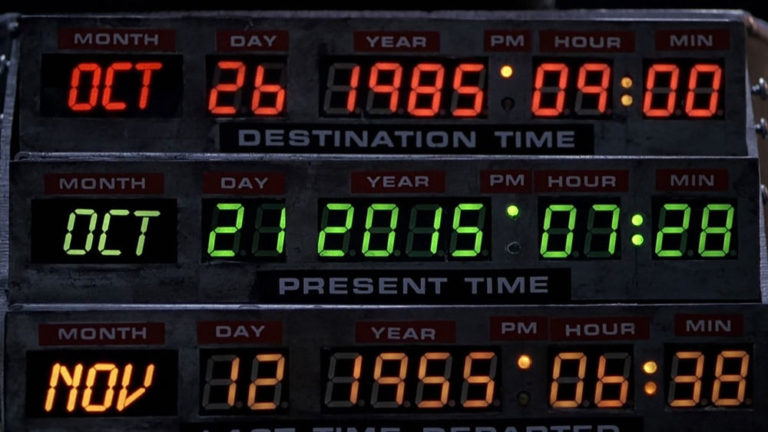The future of digital communication – teens, identity and the anomaly of Facebook
The recent and excellent interview with Donah Boyd (Microsoft Research) by theverge.com raises some interesting ideas about the future of social networking communication and how it’s set to become increasingly fragmented.
She makes an extremely important point that Facebook is an anomaly. It’s the dominant social network today but as she points out, throughout history its unnatural that everyone hangs out in the same social space. Facebook’s success and the volume of people communicating on the platform is linked to the novelty of the technology: just like the early days of email and the excitement around ‘you’ve got mail’. There is a rapidly increasing trend, particularly amongst teens, to use a range of social media to connect. The type of technology used reflects the ‘specific interests’ or a ‘particular group of friends’ of the individual user. The individual also determines how they communicate based on context of what they deem is relevant for that channel.
To teens especially, the idea of sharing particular updates to a broad platform like Facebook no longer appeal because of the fear of sharing the wrong information to the wrong group of connections and being criticised for it. In Donah’s words Facebook is effectively becoming a utility and no longer a ‘place of passion’, it’s great for reaching out to friends and connections in more formalised structure but to communicate about particulars interests, in a format that has specific appeal to a select of group of friends – the privacy and communication controls in Facebook don’t cut it.
To quote Donah:“There was this one teen girl I talked to, a total One Direction fan. Twitter was her One Direction space. What that meant was that her friends all knew about her Twitter account, but they weren’t into One Direction, so they weren’t on Twitter with her. But they all were on Instagram together because that was a fun place where they were sharing photos. And what she was sharing on Instagram was not about One Direction because that just wasn’t the place for it. Meanwhile, they were also doing crazy things on Tumblr, where they were part of a little maker community.”
What we do in social media parallels what we do in real life. So when you analyse your audience for your marketing, start to think about what they’re looking for as they’ll go to different spaces, just as we do as adults: We go to different bars when we’re in the mood for different things. We see different people when we want to go listen to music or when we just want to have a quiet drink with a couple of friends.
If the future is fragmentation, we will see Facebook, Google and Twitter continuing to acquire companies that give them access to other forms of social networks. Meanwhile marketers will have to spend more time considering which platforms to use, how to use them and then how to react to how their fans/users will interact with their communication. Platforms that help with this multi channel approach to social communication management look set to be increasingly relevant to manage the new social marketing mix. And marketing teams who think broadly on the social channels and go to the additional lengths to investigate and test what, why and how of their audiences communication patterns could stand benefit hugely.
For those that want to read Donah Boyd’s book is available on Amazon.
If you would like to know more CONTACT US


